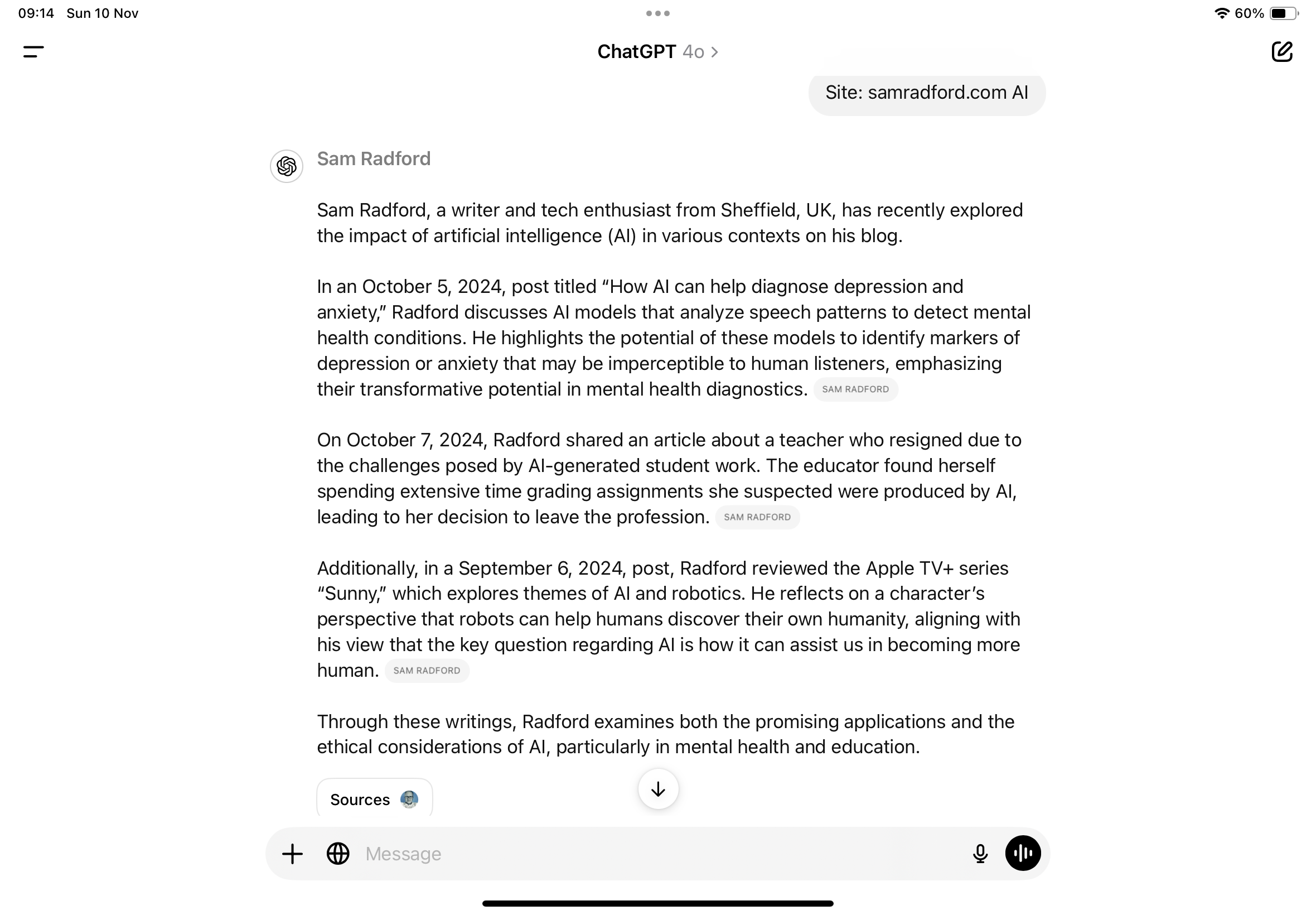The pause between scrolls
My friend Ryan Offutt shared a compelling article with me today—a review by Erik J. Larson of a new book, Superbloom, by Nicholas Carr. The book explores how so-called “technologies of connection” erode what is poetic and profoundly human. Two quotes stood out. First:
The real world, with its quiet repetitions and constraints, offers something the digital cannot: room for contemplation. The possibility of meaning. Familiarity, unlike novelty, is the ground from which philosophy grows. It is where depth takes root.
And then:
The real world, with its resistances and repetitions, is not less because it is boring. It is more because it endures. That, he seems to say, is where attention belongs now: not in the stream, but in the pause between scrolls. Not in the feed, but in the place where nothing updates.
The whole review is both insightful and disquieting—and well worth reading in full for anyone wrestling with how digital life reshapes what it means to be human.

